Sunscald in Corn and Soybean
Something went wrong. Please try again later...
My Account


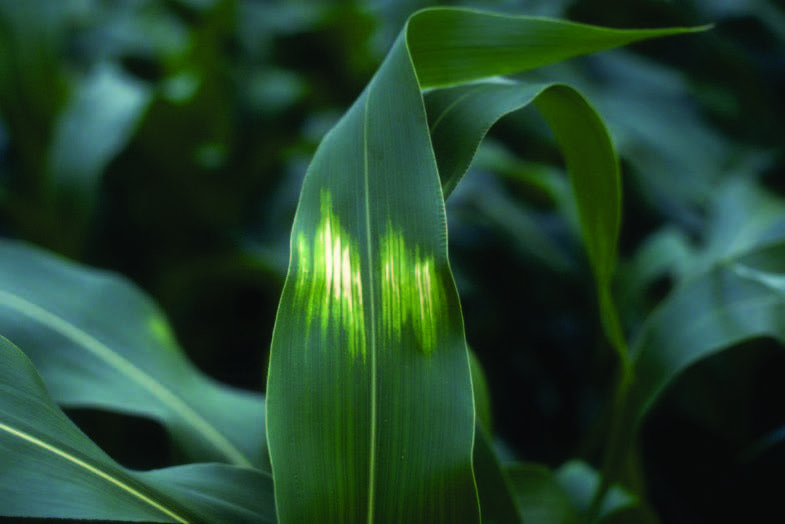
Sunscald injury on a corn leaf
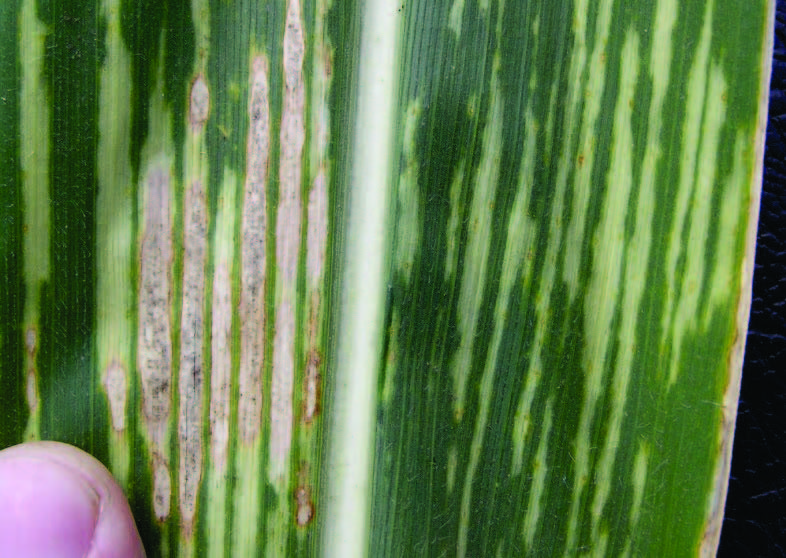
Closeup of sunscald injury on a corn leaf, showing injured tissue between the leaf veins.
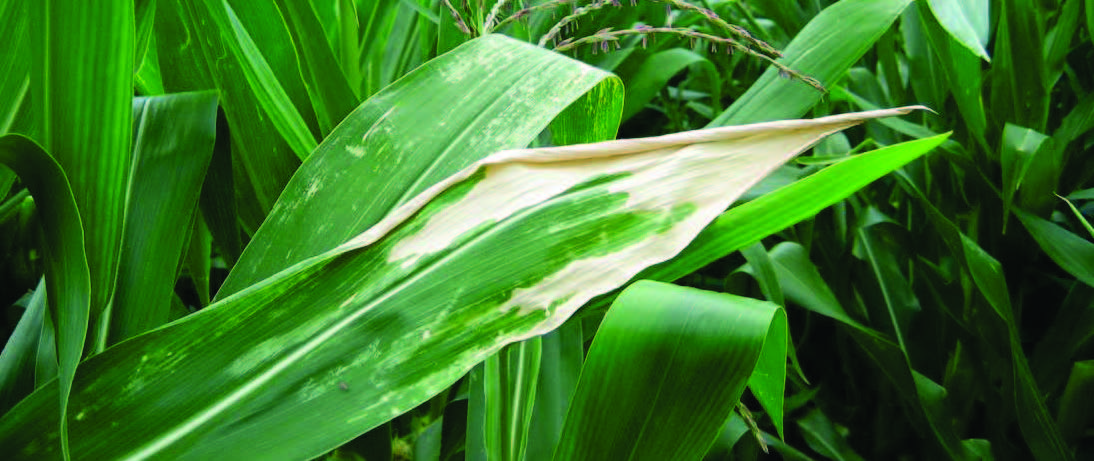
Sunscald injury to a corn leaf tip.
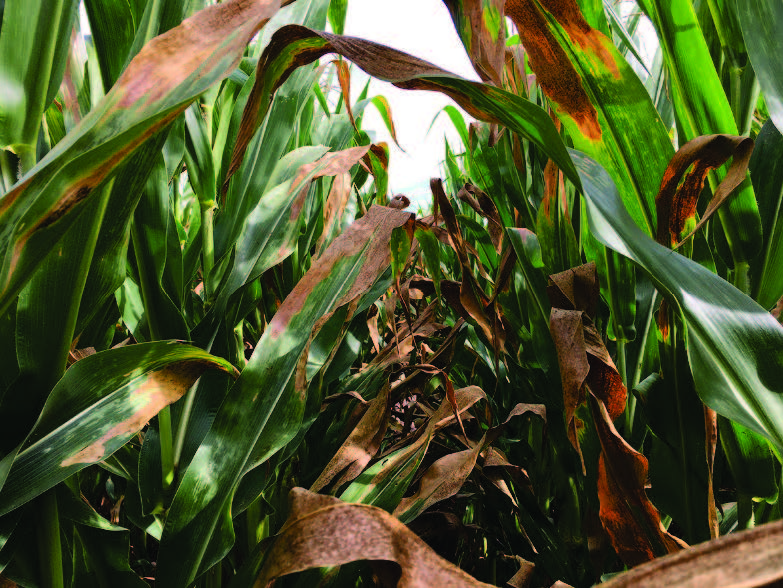
Severe sunscald injury throughout the corn canopy.
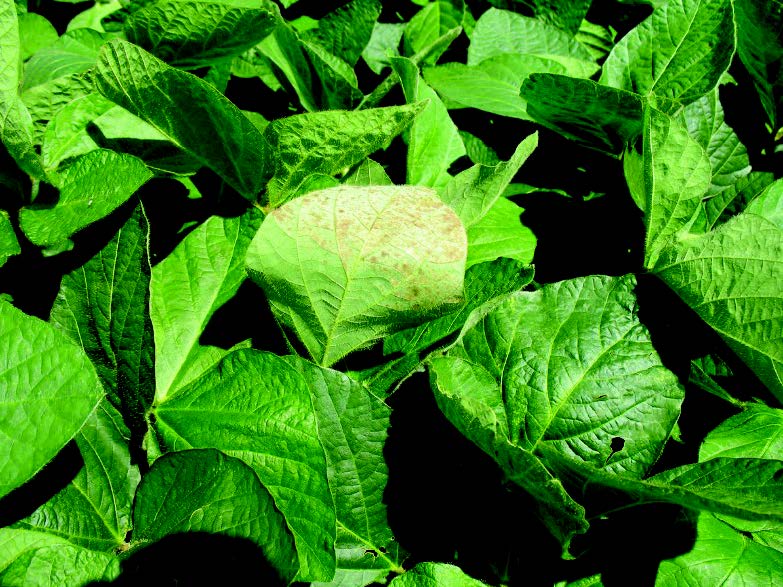
Sunscald injury visible on the underside of a soybean leaf.
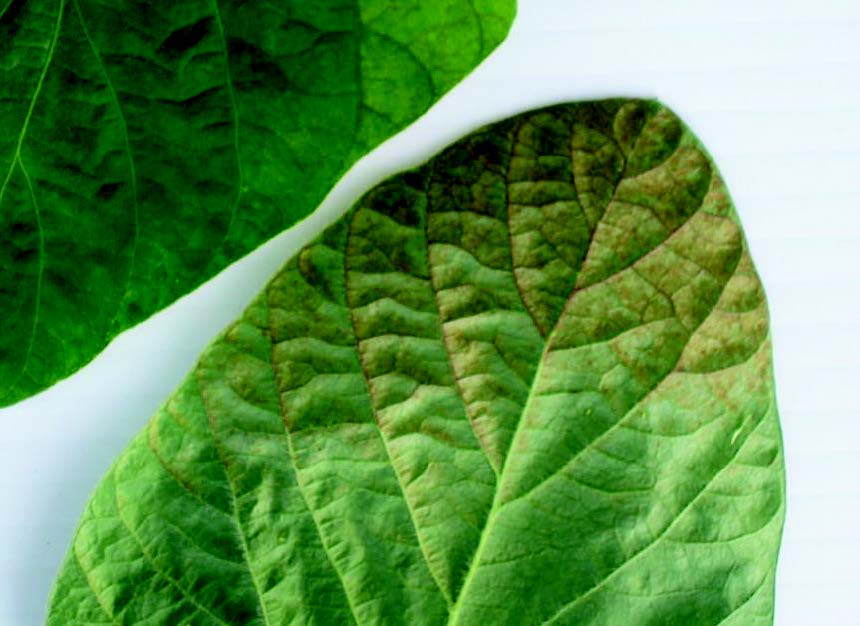
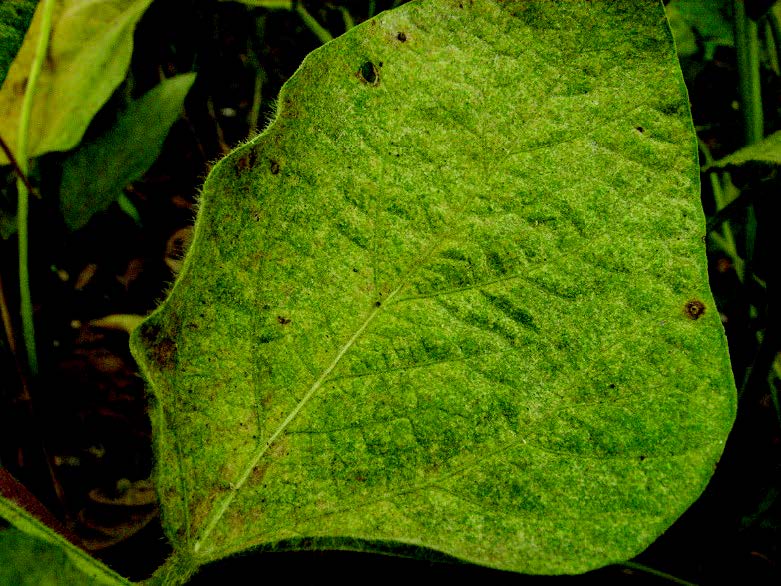
Sunscald (left). Spider mites (right).
Comparison of sunscald injury and spider mite damage. Injury caused by spider mite feeding can be distinguished by the stippling pattern on the leaves.